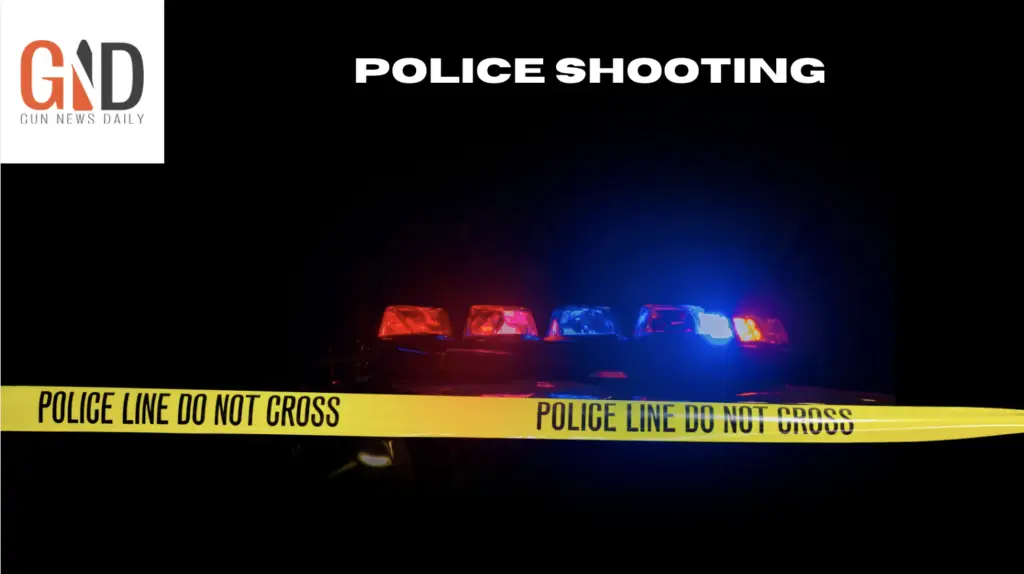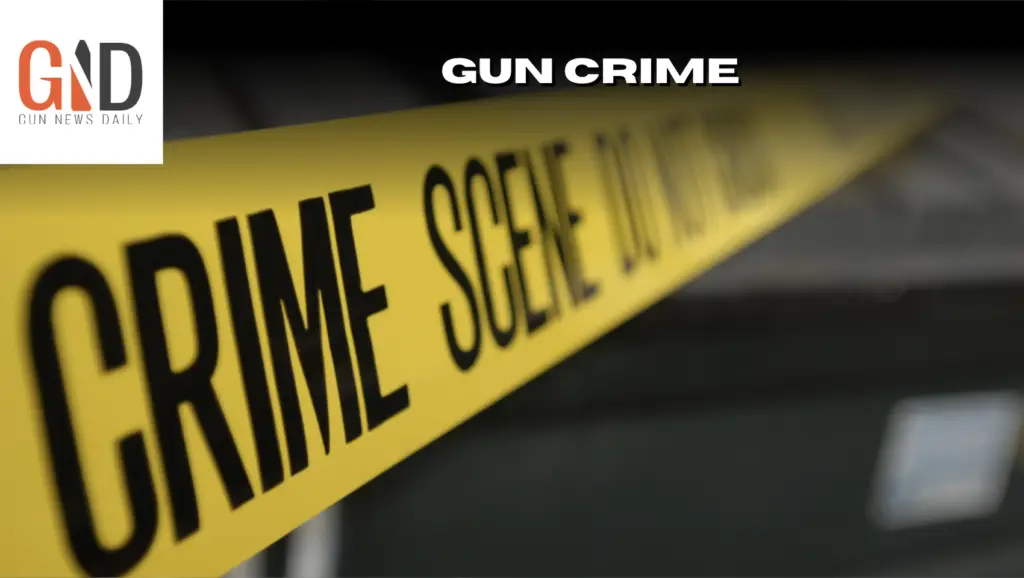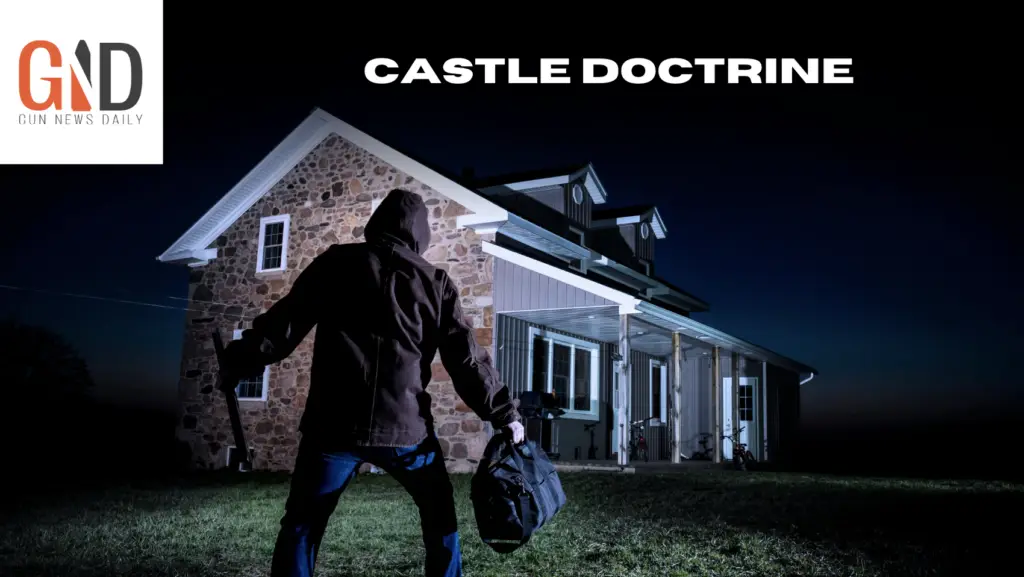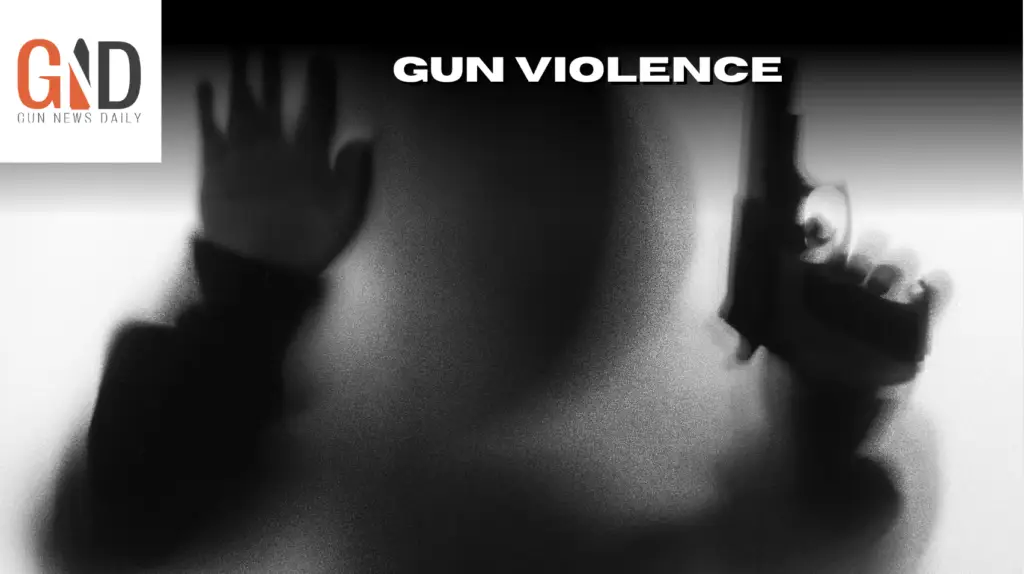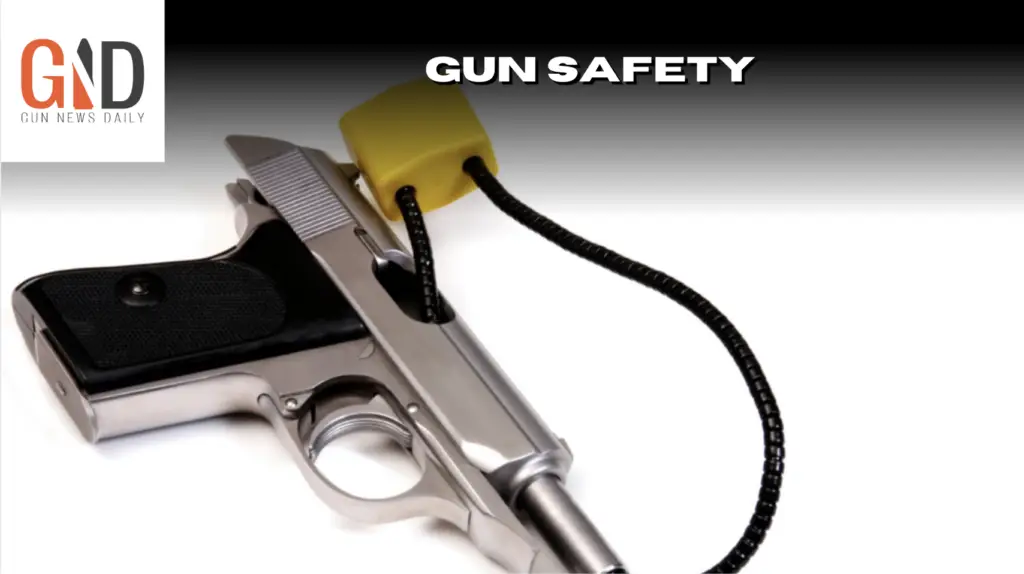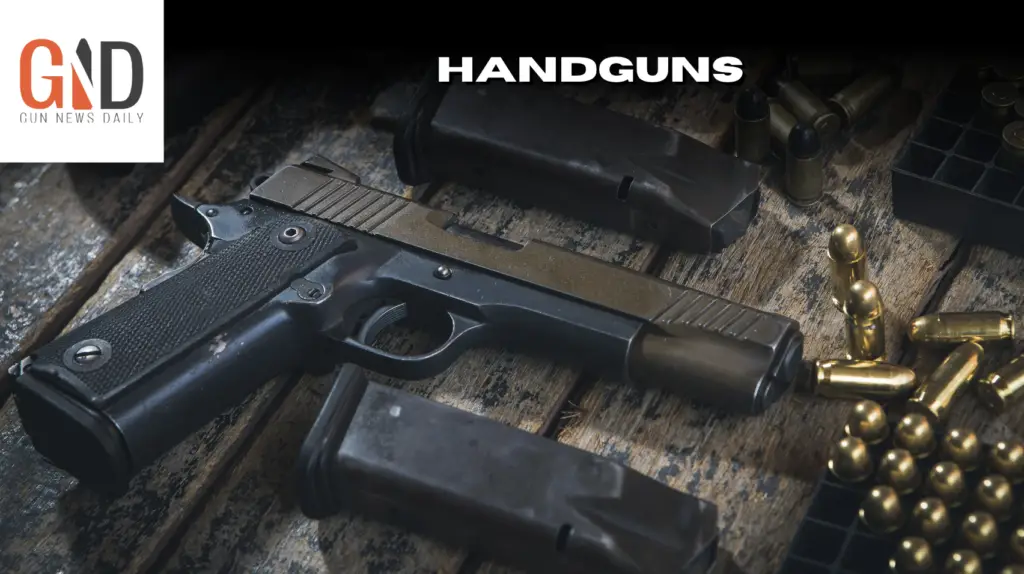The U.S. Supreme Court recently upheld the Bureau of Alcohol, Tobacco, Firearms and Explosives’ 2022 “ghost gun” rule, which clarifies the definitions of firearm components under the Gun Control Act of 1968. The decision, made in the case of Bondi v. VanDerStok, received bipartisan support from the court, suggesting a unified stance on the need to regulate untraceable firearms, commonly assembled from kits. Justice Neil Gorsuch emphasized the importance of interpreting statutory language in a way that adapts to evolving technologies, such as affordable 3D-printed gun parts, which have contributed to a surge in the prevalence of these weapons.
This ruling comes at a time when police have reported a significant increase in the recovery of ghost guns from crime scenes, complicating law enforcement efforts due to their lack of serial numbers. By affirming the ATF’s authority to implement such regulations, the court not only addresses current public safety concerns but also sets a precedent for how federal agencies can interpret and enforce laws in response to technological advancements. Legal experts suggest the implications of this decision may extend beyond firearms, influencing future cases involving various federal regulatory agencies.
Read full story at news.bloomberglaw.com



